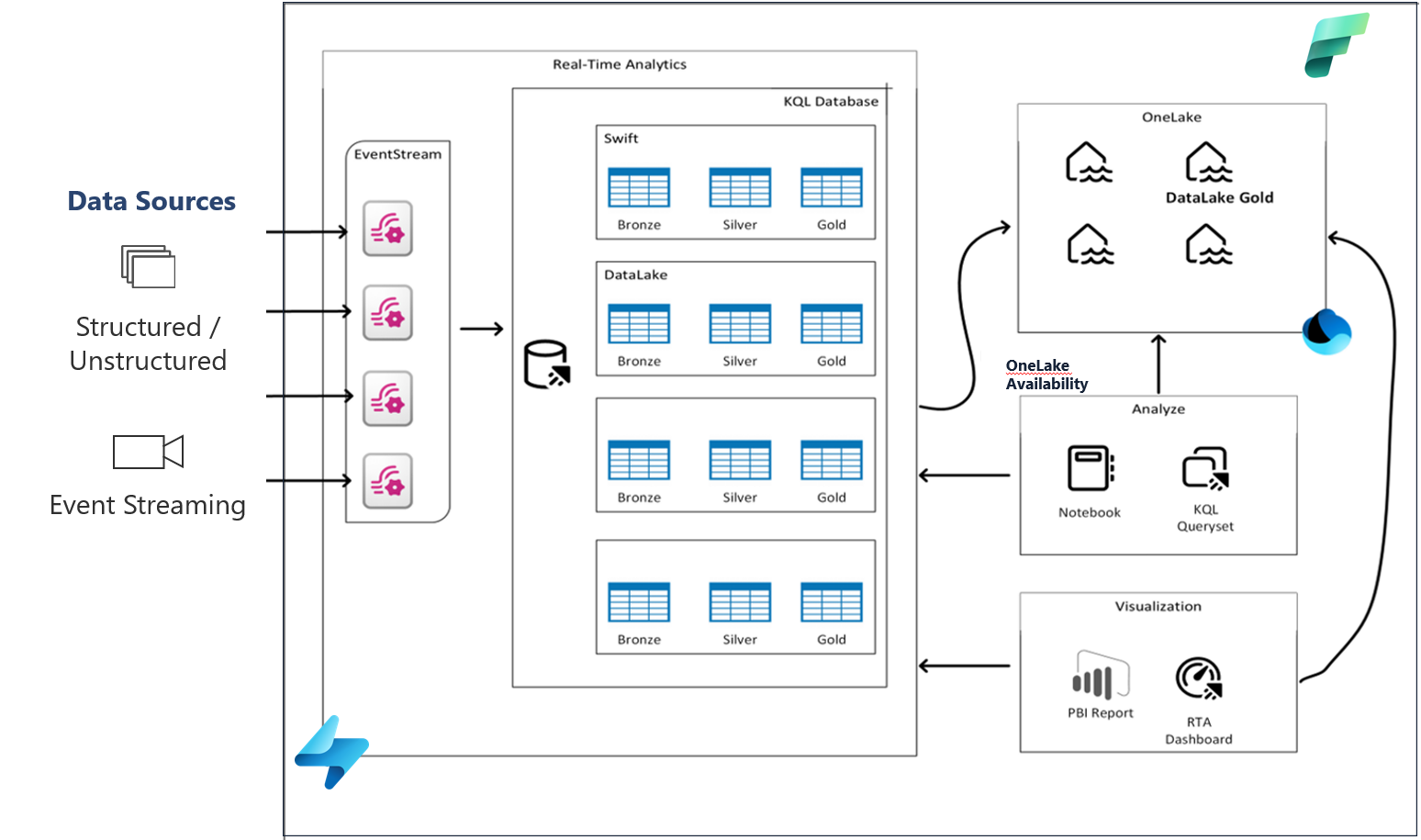The Power BI Sales Management solution template for Salesforce now supports Azure Data Factory!
Data Factory is a cloud-based data integration service that orchestrates and automates the movement and transformation of data from cloud and on-premise sources. In this case, we’ve configured Data Factory to pull data from Salesforce and populate Azure SQL DB to source a collection of Power BI reports. You can learn more and even install it on our website.
Data factory has a number of benefits. It’s fast, robust, inexpensive and, like all solution templates, you can customize and extend it yourself.
First things though – since we first published the sales management solution template on Salesforce, several months ago, we’ve changed the Power BI reports to take advantage of some newer Power BI features that came out since they were first published. They’ve got very polished look and feel (I’ve heard some say the most compelling reports they’ve ever seen) and navigating your data is easier than ever.
Data Factory moves data quickly. Depending on the size of your data, you can get a working sales management solution in a few minutes to (for larger implementations) a few hours. If you’re a Power BI partner, there is no better or faster way to show your customers how they can use Power BI on Salesforce. If you’re a customer, there is no easier way to get a scalable and robust end-to-end solution on Salesforce.
And the solution template with Data Factory moves data efficiently. The initial load is a full load of accounts, leads, and opportunities. All subsequent loads are incremental – only updating the destination Azure DB with new records, changed records and removing deleted records.
When first installed, the solution template is “aware” of your customizations and brings your custom fields. These aren’t on the initial reports but it’s a simple matter to extend the initial set of reports. If you make changes later and create other custom fields, our documentation shows how to accommodate this as well.
Data factory is a very cost effective solution – costing depends on the size of your data but you’ll likely find that it’s the price of a couple cups of coffee per month.
We recently published a blog post on how to embed Power BI reports in Salesforce itself. So now you can embed super compelling reports in Salesforce that provide the analytics and visualizations that Power BI is famous for.
The solution template team is super proud of this new capability and we hope the Salesforce customers among you will try it out. And we’re happy to help if you need it or hear about your success if you don’t. You can always contact us at pbisolntemplates@microsoft.com.




